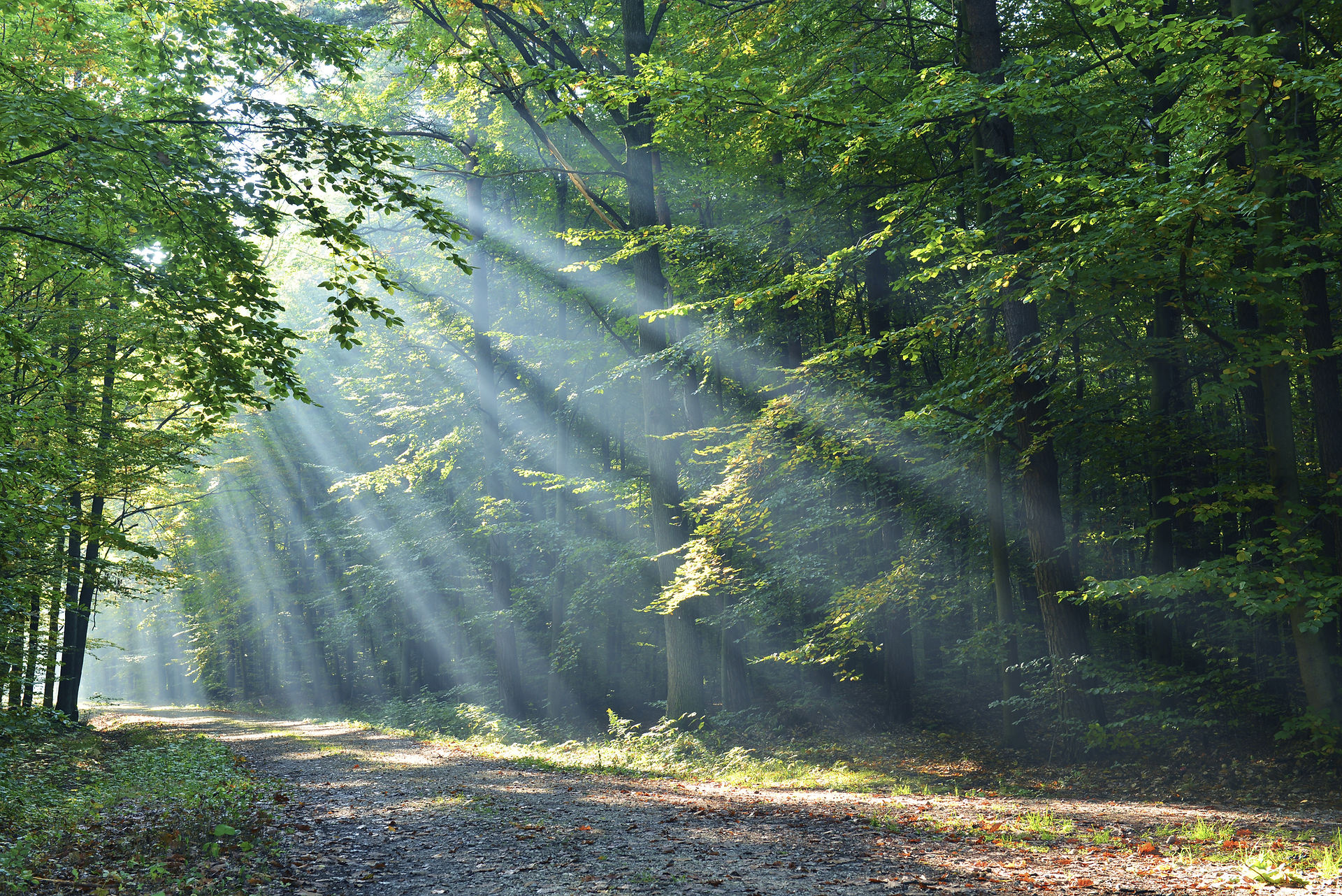- Granny Bonnet
Updated: Oct 9, 2023

Viper's Bugloss! Viper's Bugloss! Viper's Bugloss!
There, said it! Sorry about that but there is just something so exotic and unusual about the name that I can't resist repeating it. The plant's other names such as blue devil, snake flower, and viper's herb sound so much more prosaic don't they?
You may not have seen these handsome spikes of blue wild flowers that seem to colonies very particular patches of land, as they appear to be quite localised and I did not spot any coming back from Cumbria until we were well into Norfolk and onto the sandy soil of The Brecks. Indeed another place they are prevalent is near the site of a gravel extraction area on the outskirts of Norwich.
Viper's-Bugloss Archimedean vulgaten may have got its common name 'viper', from its spotted stem, which is said to resemble a snake's markings or from the shape of its flowers, which look like the head of a snake. The English herbalist Culpeper though thought it was the seed which led to the descriptive name.
“After the flowers are fallen, the seeds growing to be ripe, are blackish, cornered and pointed somewhat like the head of a viper.”
'Bugloss' comes from the Greek meaning 'ox's tongue' and refers to the rough, tongue-shaped leaves.
Like many of our native plants, it has been used in the past medicinally, helping to provoke a sweat as well as having diuretic properties that also helps the body expel toxins. Like its cousin Comfrey it contains allantoin which makes it useful for healing injuries by promoting growth of new cells. It has been used as a poultice for healing boils and of course for treating adder bites in humans and animals.
The Bumblebee Conservation Trust refer to it as the very best plant for bumblebees, honeybees, painted lady butterflies and burnet moths so in these worrying times for bees, I hope it continues to thrive.






